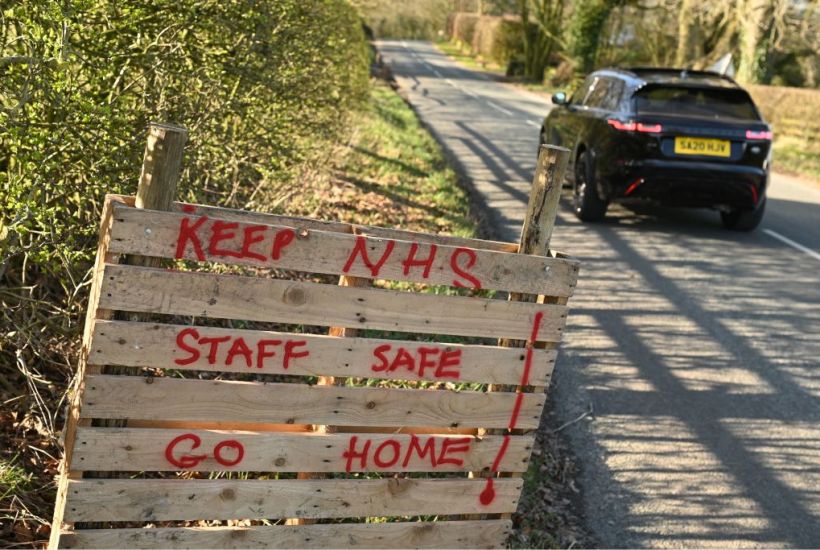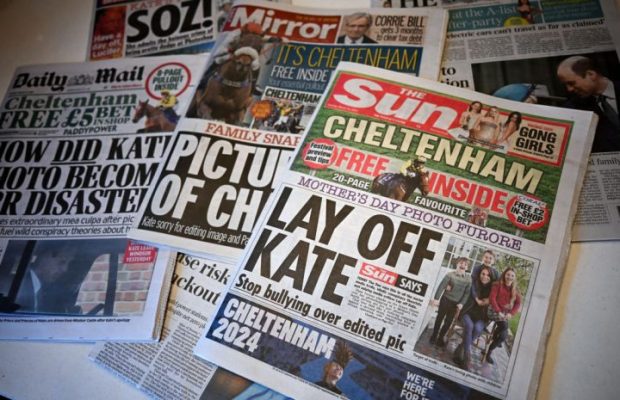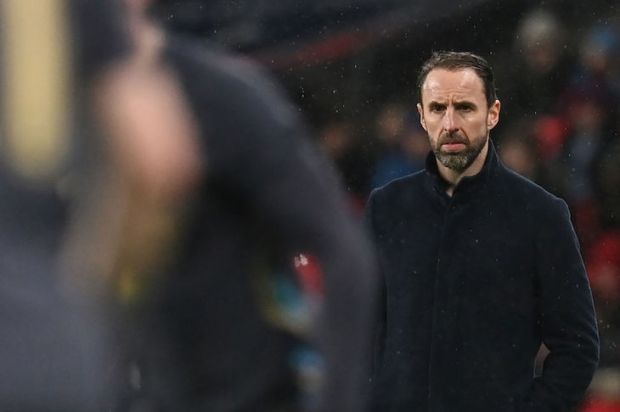A quick read of the polls, and you would be forgiven for thinking we are a nation of lockdown-lovers, clamouring for stricter measures, eager to obey and accept any and all restrictions given to us.
An Ipsos-MORI poll over the weekend showed 45 per cent of the public think current measures are not strict enough, three times the amount who said they go too far. YouGov has shown majority support for a ‘circuit-breaker’ lockdown. And a survey by J.L. Partners found that, although only one in four thought the wider public would follow a potential ban on household mixing, three in four said they personally would.
Focus groups — moderated conversations between a group of 8 to 10 people — often reinforce the polls. The latter is a way of digging deeper into the former, understanding why people answer polls in the way they do. But sometimes focus groups — of which I have run many in the last few weeks and months — unearth different perspectives. These cannot be a substitute of representative polls, but where findings are consistent they can shine a light on a side to public opinion that quantitative polling might not always pick up.
Rather than a picture of happy obedience, focus groups reveal a mood of fatigue, frustration, and confusion. Participants, from across parts of England, say they are growing tired of restrictions. They talk about being unsure whether they can take ‘another six months of this’. Whereas in March and April it would have been close to heresy, they now talk much more openly about how they may take liberties with the rules, whether seeing friends in the pub in places that are already locked down, or sneaking that seventh person into their house for lunch.
What’s more, though people do not squarely blame the government for a rise in cases, there is growing frustration with the test and trace system. With comparisons to other countries that have better-functioning systems often lumped into the same breath as ‘that chap who went to the castle’, people increasingly wonder whether restrictions might have been avoidable if different actions had been taken earlier in the year. And confusion over what the rules actually are, whether genuine or not, is eroding levels of trust and compliance — the viral Matt Lucas video has been mentioned in every focus group on coronavirus my firm has run since May.
These different elements do not mean we are due a total breakdown of obedience now that the latest tiered system has been announced. But all of these components together certainly do cast doubt on the idea that Lockdown 2.0 is going to see anything near the same levels of compliance as the first, where the mood was one of unity, clarity, and high levels of trust in government.
If the polls are showing us an inflated picture, why is this? They generate what is called social desirability bias — we want to look like and feel like we are doing the right thing. But polls are anonymous, so this cannot explain everything. More than this, we actually believethat we are following the rules even if we are not — focus group respondents explain away any shortcuts they have taken as a necessity, as something minor, as something that could not possibly make much of a difference to the spread of the disease.
A closer investigation of the polls also shows these shifting trends. In the latest edition of Kekst CNC’s global opinion tracker, the gap between those wanting government to prioritise limiting the spread of the virus and those wanting government to prioritise protecting the economy has more than halved, from 61 points in April to 25 points today — with older people and Conservative voters swinging towards the economy. The same survey shows that concern about the impact of the virus on people’s health is still high, but is significantly lower than in April, with the percentage of those very concerned falling from 70 per cent then to 54 per cent now. And Ipsos-MORI shows a move away from stricter lockdown measures in the last month alone — from net +17 support for closing non-essential shops in September to -3 this month.
The thrust of these findings do not mean lockdown sceptics have been vindicated. Many have been staying in since March, have been cautious throughout the pandemic, and have an acute fear of the virus. Protecting the NHS is still an enormously powerful motivating factor. If further restrictions are brought in, the response will be more resignation then revolution, and the public will expect them to be applied evenly and fairly — including over the Christmas period.
But the picture that the British public are eagerly and happily skipping into another lockdown is misleading. Notwithstanding the difficulties and divisions posed by the geographically uneven nature of further lockdown areas, as well as a slimmer version of furlough and financial support, the public mood is very different to the one we saw in April. Back then, after that first lockdown, the reaction from behavioural scientists and the government was one of surprise at how readily the British public complied. Despite what a glimpse of the polls might suggest, this time it is not going to be anywhere near as straightforward.
Got something to add? Join the discussion and comment below.
Get 10 issues for just $10
Subscribe to The Spectator Australia today for the next 10 magazine issues, plus full online access, for just $10.



















Comments
Don't miss out
Join the conversation with other Spectator Australia readers. Subscribe to leave a comment.
SUBSCRIBEAlready a subscriber? Log in